Earth Crust Worksheet
Are you teaching your students about the Earth's crust and need a helpful resource to reinforce their understanding? Look no further, as this Earth Crust Worksheet is here to assist you. Designed specifically for elementary and middle school students, this worksheet focuses on key concepts related to the Earth's crust, making it an ideal resource for science teachers.
Table of Images 👆
More Other Worksheets
Kindergarten Worksheet My RoomSpanish Verb Worksheets
Cooking Vocabulary Worksheet
My Shadow Worksheet
Large Printable Blank Pyramid Worksheet
Relationship Circles Worksheet
DNA Code Worksheet
Meiosis Worksheet Answer Key
Art Handouts and Worksheets
7 Elements of Art Worksheets
What is the Earth's crust made of?
The Earth's crust is primarily composed of solid rock materials, such as granite and basalt, along with minerals like quartz and feldspar. It also contains minerals like olivine, pyroxenes, and amphiboles. Overall, the Earth's crust is a complex combination of various rocks and minerals that vary in composition and thickness across different regions of the planet.
How thick is the Earth's crust?
The Earth's crust varies in thickness, with an average thickness of about 6 to 43 miles (10 to 70 kilometers) beneath the continents and around 3 to 5 miles (5 to 8 kilometers) beneath the ocean basins. However, these measurements can vary significantly depending on the location, with some areas having much thinner or thicker crust.
What are the two main types of crust?
The two main types of crusts found on Earth are continental crust and oceanic crust. Continental crust is thicker, less dense, and primarily made up of granitic rocks. In contrast, oceanic crust is thinner, more dense, and composed mainly of basaltic rocks. These two types of crust differ in composition, thickness, and density, leading to different geologic processes and features on the Earth's surface.
Where is the continental crust found?
The continental crust is found beneath the landmasses on Earth's surface, covering continents and large islands. It is thicker and less dense than the oceanic crust, providing a stable foundation for the terrestrial environments we inhabit.
Where is the oceanic crust found?
The oceanic crust is found beneath the Earth's oceans, covering the ocean basins. It is thinner and denser than the continental crust and primarily composed of basalt rocks formed from volcanic activity at mid-ocean ridges.
What is the average composition of continental crust?
The average composition of continental crust is approximately 45% oxygen, 28% silicon, 8% aluminum, 5% iron, 3% calcium, 3% sodium, 2% potassium, and small amounts of other elements such as magnesium, titanium, and manganese. This composition can vary slightly depending on the specific location and geological history of the crust.
What is the average composition of oceanic crust?
Oceanic crust is primarily composed of basalt, which is a dark, fine-grained volcanic rock consisting mainly of minerals such as plagioclase feldspar, pyroxenes, and olivine. The average composition of oceanic crust is approximately 45% silica, 15% iron, 14% magnesium, 12% calcium, and smaller amounts of aluminum, sodium, and potassium. It also contains trace elements such as titanium, manganese, and phosphorus.
How does the thickness of continental crust compare to oceanic crust?
Continental crust is generally thicker than oceanic crust. Continental crust can range from 20 to 70 kilometers thick, while oceanic crust is typically only about 7-10 kilometers thick. The difference in thickness is primarily due to variations in composition and formation processes between continental and oceanic crust.
What are the major elements found in the Earth's crust?
The major elements found in the Earth's crust are oxygen, silicon, aluminum, iron, calcium, sodium, potassium, and magnesium. Oxygen and silicon are the most abundant, making up about 75% of the Earth's crust by weight, while the other elements are present in smaller quantities but still play crucial roles in the composition and structure of the Earth's crust.
How does the Earth's crust contribute to the formation of mountains?
The Earth's crust plays a critical role in the formation of mountains through the process of tectonic plate movements. When two tectonic plates collide, one plate can be forced beneath the other in a process known as subduction, leading to the formation of mountain ranges due to the intense pressure and folding of the Earth's crust. Additionally, when tectonic plates move apart, magma can rise to the surface, forming volcanic mountain ranges as the molten rock cools and solidifies. Through these dynamic processes driven by plate tectonics, the Earth's crust contributes significantly to the creation of mountains on our planet.
Have something to share?
Who is Worksheeto?
At Worksheeto, we are committed to delivering an extensive and varied portfolio of superior quality worksheets, designed to address the educational demands of students, educators, and parents.

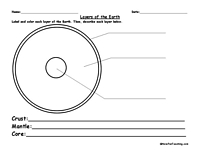



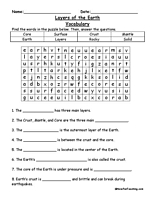
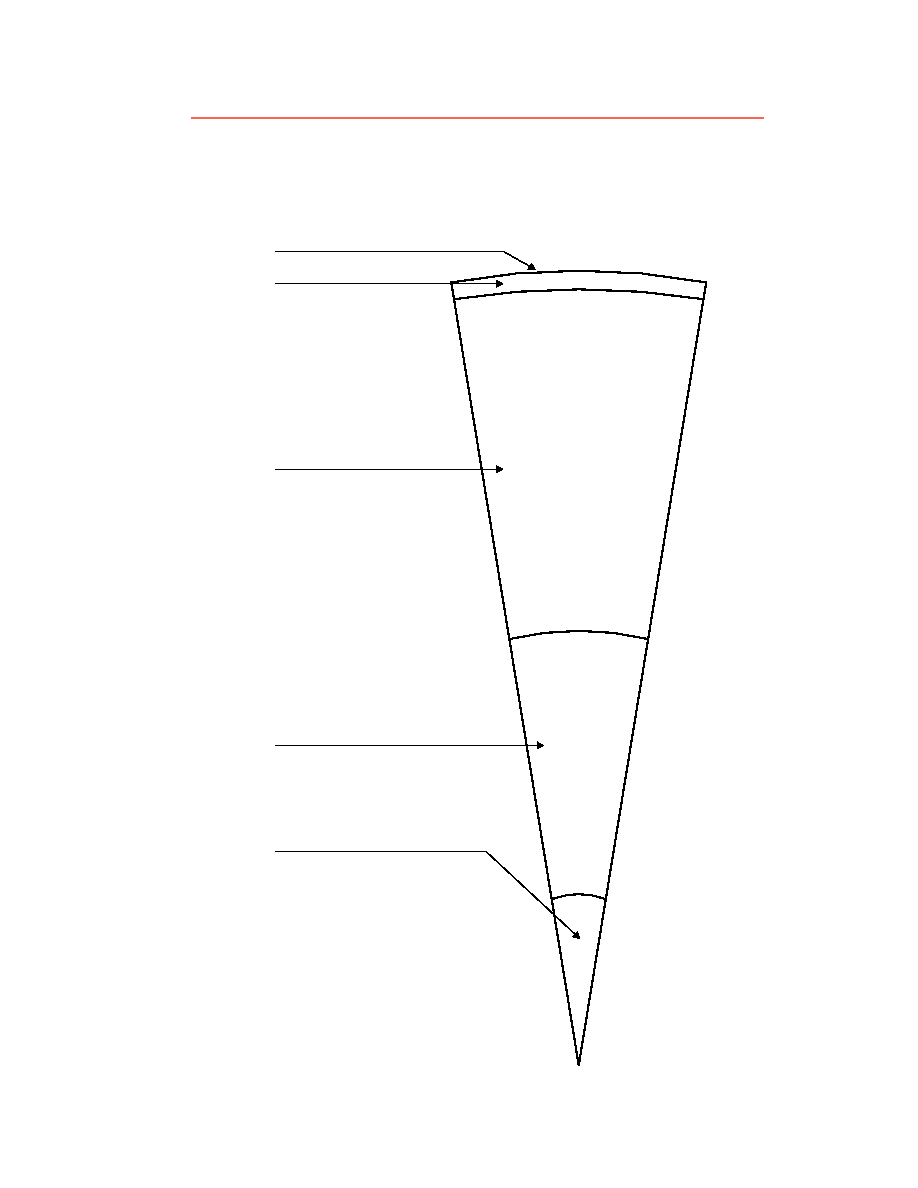

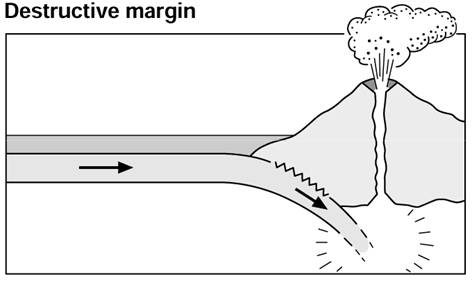
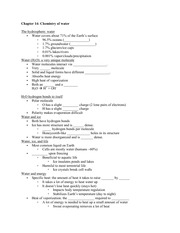
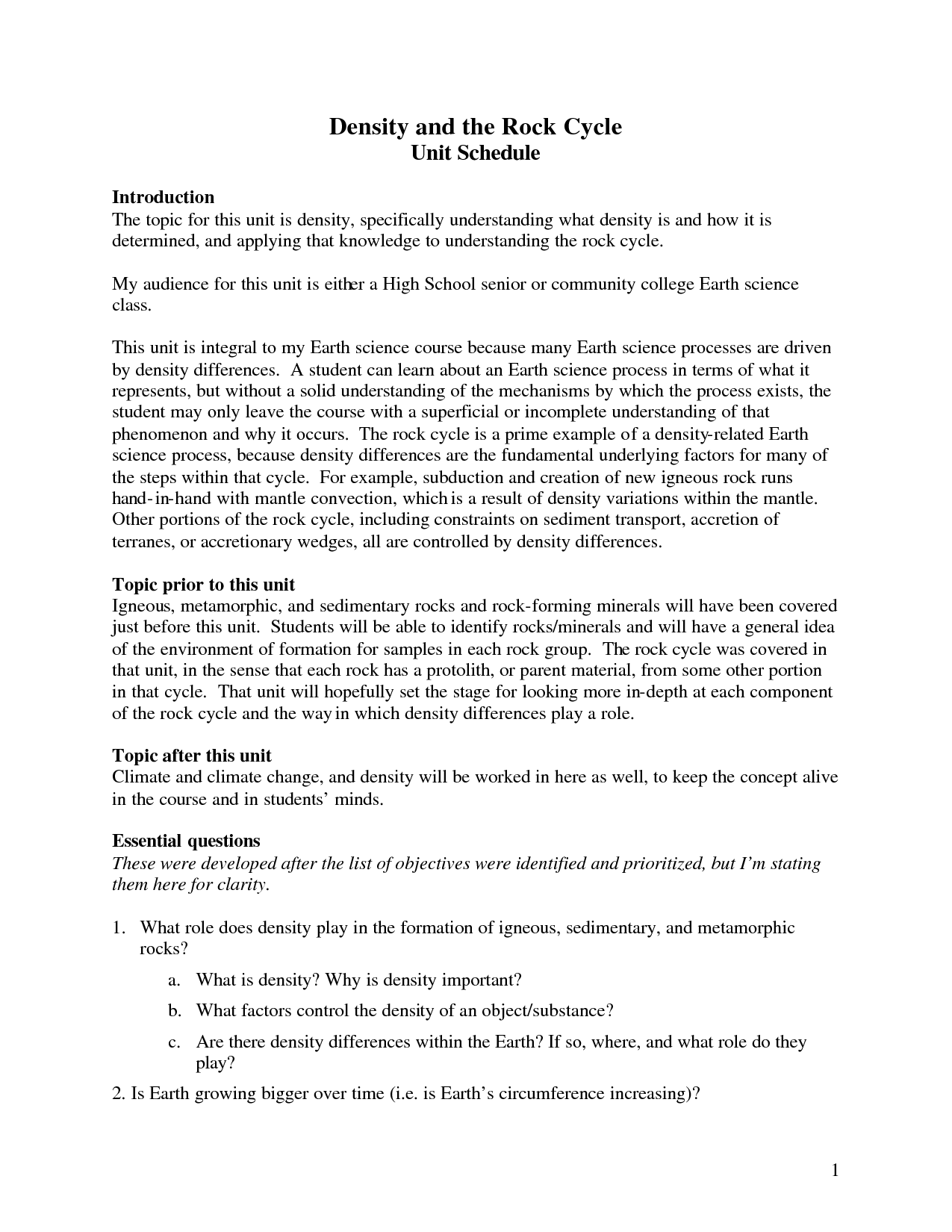














Comments